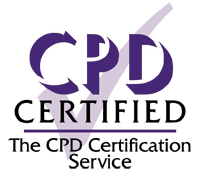This retrospective case review looks at the experience of a single unit using a variety of autologous (temporalis fascia, n=292) and non-autologous graft material, n=241 (alloderm (human dermis), biodesign (porcine submucosa, $170-$255) and tutoplast (human pericardium, $350). The average patient...

